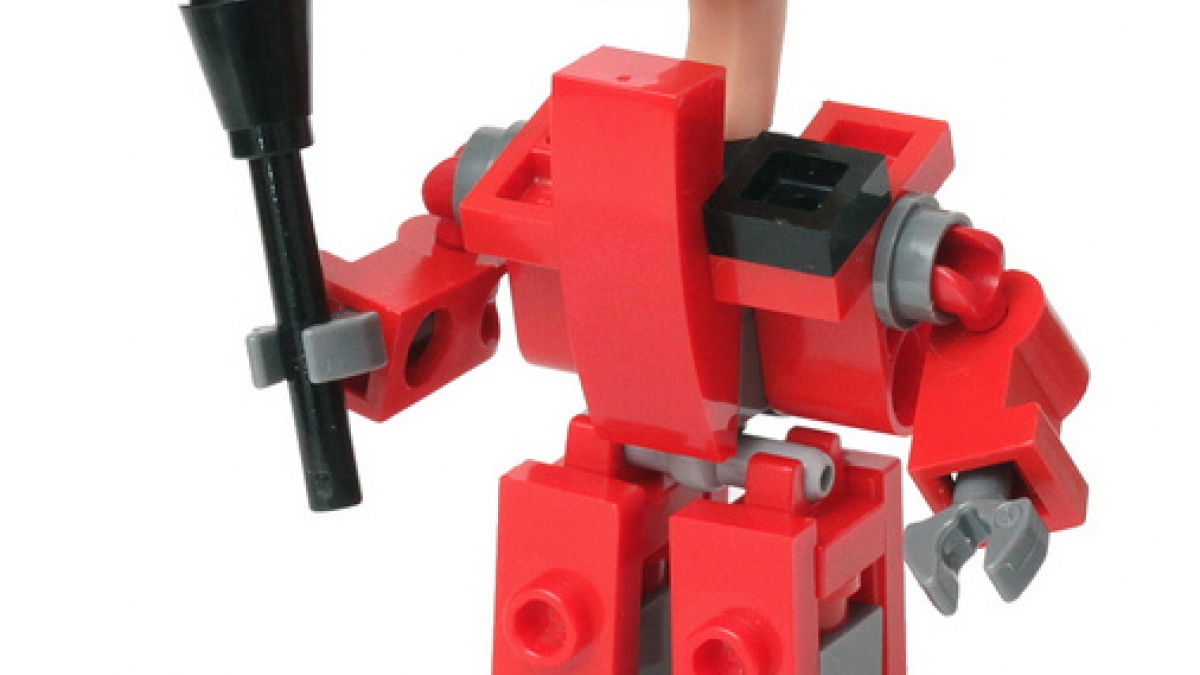
Build a Facebook Ad Campaign You Can be Proud Of
Notice I said "build," not "create." There is a difference. Building a house takes work. Creating a house is easy. The same goes for a successful Facebook ad campaign. It takes work, testing, trial and error, research, and tedious hours of editing. Very few successful campaigns are simply created. With that in mind, there are a few tips to get you off on the right foot and on your way to building a successful campaign. Facebook has a great list of suggested practices for advertising, which is where many tactics I use spawned from. I've put slight, personal twists on each step and I encourage you all to do the same depending on the company or product you're representing. The success of a Facebook ad campaign can be broken into two general areas. What your targeted audience can see and how you define your targeted audience. Within each are many specific changes you can make, but it all comes back to those two areas. Facebook ads can be as basic or as complex as you like.
Ad Design and Content
The first of the two areas - what your ad actually looks like.Destination
Make sure you ad is pointing to a specific landing page that complements your ad. In our case, the ad says to find out how we build online leaders. The link is to our homepage, which has a list of services and case studies. We could also link directly to our services page. If a user clicks your ad, they need to see relevant information in less than 3 seconds. A broad landing page will result in that user exiting your site.
Title
Your title should be an attention-grabbing, short phrase. Perhaps you could put a special there or, in this case, a statement aimed at creating curiosity. Our target audience will see "building online leaders" and wonder if they're a leader and, if not, how they can become one.
Body
Keep this concise and clear also. It's not as important to fit every detail into your ad as it is to encourage the reader to click through. Your landing page can handle the details. Give them something they want and a clear call to action. Ours is "find out how today" - this lets the user know they will find answers on the other side of the ad.
Image
Use a clear, relevant image. This makes the ad a little more personable and attractive. The more interesting the photo, the better, but keep it relevant. Another possibility is to use your company logo, like we did. A logo, especially if you're a recognized company, can add legitimacy and trust to your ad.
Targeting
The second part of a successful campaign; who are you trying to impress?Location
Location is probably the most important part of targeting an audience. You should know, based on your current customer base, where you want to sell your products or service. Facebook lets you narrow down to specific cities, so take advantage of that and target on down. In our case, I've chosen a statewide geographic because we like to work with clients we can meet in person without too much travel.Demographic
This is where you select things such as age and sex; if you want to get more detailed, Facebook will allow you to distinguish between religions, marital status, and more. Think about your potential customers and target those most likely to respond. For instance, we want to target decision-makers in a larger company, so I selected those above the age of 25. They will be more likely to be in a position to make a decision to buy services than those under 25.Likes and Interest
Now you can really start picking your target audience. This can be the most time-consuming part or targeting, but it's well worth it. You'll see I listed interests such as web design, online marketing, and online marketing manager. Obviously, if I'm selling online success, I'm not choosing to target people who like biking, baking, or golf; I'm looking for marketing managers. Narrow it down and get 6-10 interests on the list so you're making an impact on who really matters.Connections on Facebook
Finally, you can choose who to target based off their current affiliations. You can market to people who are already "fans" of your page to let them know about a Facebook deal. On the other hand, I'm marketing specifically to people who are NOT "fans" of our page to encourage them to find out more about our company. Current fans know us and we can use content to market to them.
